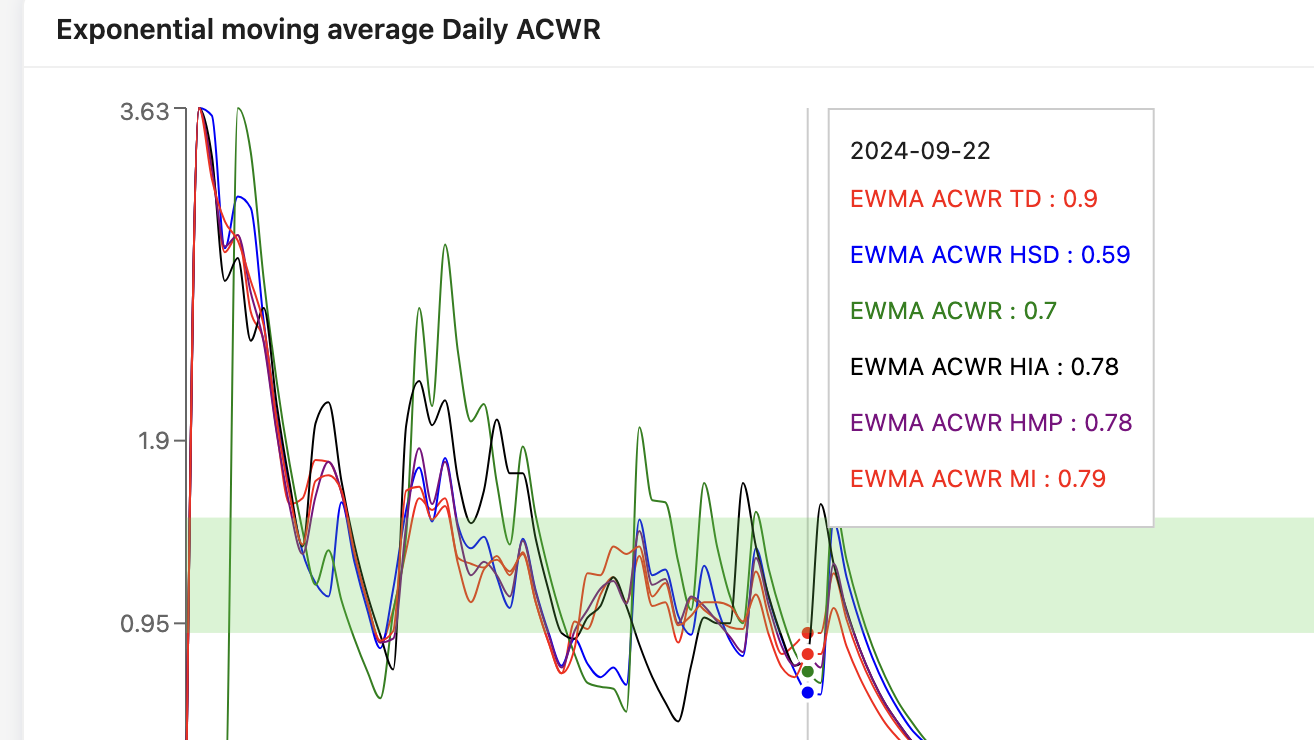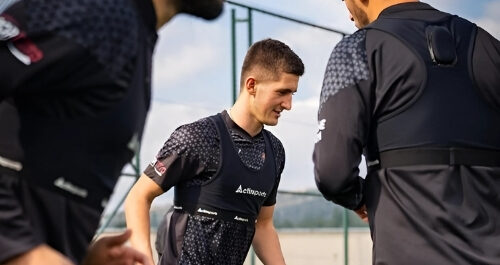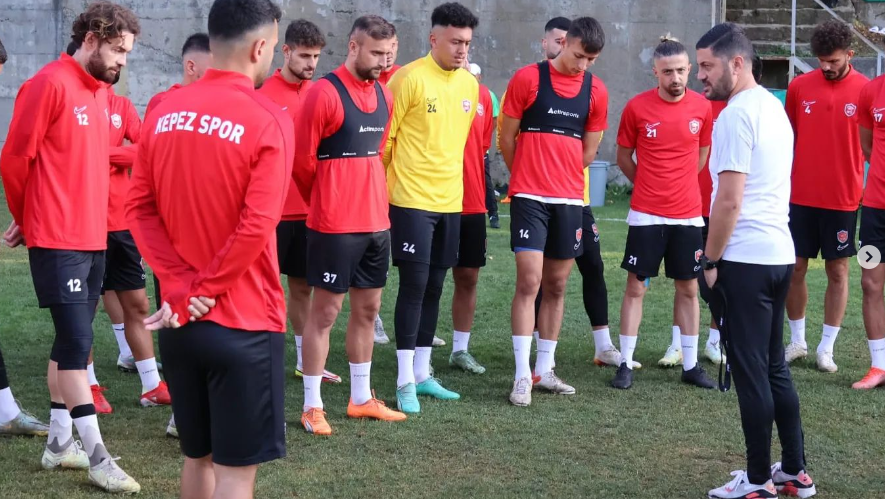Introduction
Optimizing athlete performance while minimizing the risk of injury is a top priority for coaches and sports scientists. One of the most effective ways to achieve this balance is through Acute:Chronic Workload Ratio (ACWR) insights. By monitoring and analyzing ACWR, teams can gain a deeper understanding of performance trends, manage training loads efficiently, and enhance long-term athletic development.
Understanding Acute:Chronic Workload Ratio
ACWR is a key metric used to assess an athlete’s workload over time. It compares short-term (acute) workload to long-term (chronic) workload to determine whether the athlete is progressing safely or at risk of overtraining.
Key Components of ACWR
- Acute Workload – The training load accumulated over a short period, typically the past 7 days.
- Chronic Workload – The rolling average of training load over a longer period, usually 28 days.
- ACWR Calculation – ACWR = Acute Workload / Chronic Workload
Ideal ACWR Ranges
- <0.8 (Undertraining): The athlete may not be receiving enough stimulus for adaptation.
- 0.8 – 1.3 (Optimal Zone): The recommended workload range for peak performance with reduced injury risk.
- >1.5 (High-Risk Zone): Increased risk of injury due to sudden spikes in training load.
How ACWR Helps in Mastering Performance Trends
1. Injury Prevention
A well-managed ACWR helps identify excessive workload spikes, allowing adjustments before injuries occur. Athletes with consistently high ACWR values are more prone to overuse injuries.
2. Optimized Training Plans
Tracking ACWR trends enables coaches to design training programs that balance workload progression, ensuring athletes maintain peak performance without excessive fatigue.
3. Performance Consistency
Monitoring ACWR ensures that training intensity remains within the optimal range, leading to sustained progress and fewer performance dips due to fatigue or injury.
4. Data-Driven Decision Making
Using wearable sensors and sports analytics platforms, teams can track ACWR metrics in real time and make informed adjustments to training loads.
Implementing ACWR Strategies
Step 1: Monitor and Collect Data
Utilize GPS trackers, heart rate monitors, and athlete-reported data to track training loads accurately.
Step 2: Analyze ACWR Trends
Regularly review workload data to identify trends and adjust training programs accordingly.
Step 3: Adjust Workload Based on ACWR Ranges
Ensure athletes stay within the 0.8 – 1.3 range for optimal performance and injury prevention.
Step 4: Integrate Recovery Strategies
Balance workload with proper recovery techniques such as sleep optimization, nutrition, and active recovery sessions.
Conclusion
Mastering performance trends with ACWR insights allows for smarter training decisions, improved athlete resilience, and sustained competitive performance. By implementing ACWR-based load management, coaches and sports scientists can optimize training efficiency while minimizing injury risks.



